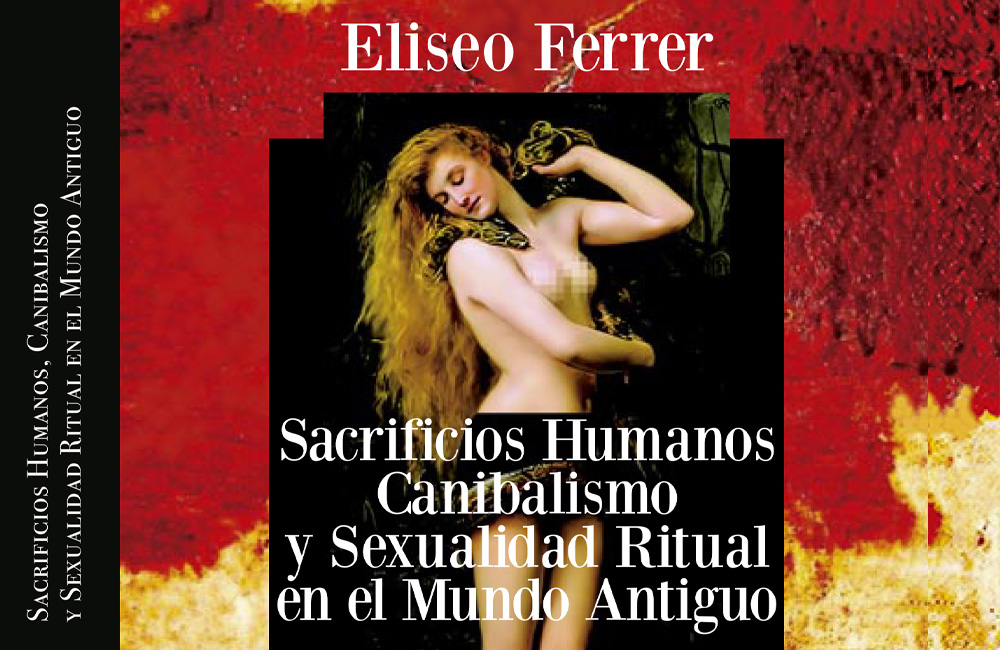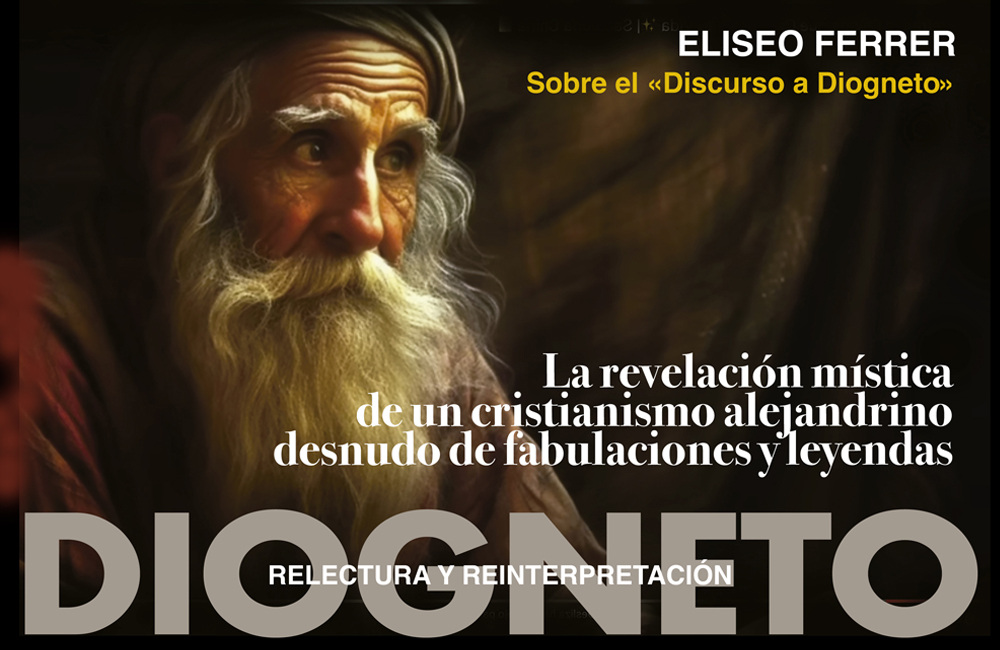
La forma en que el triple mito cristiano aparece presentado en mis últimos trabajos.
Mito de la Encarnación Divina en el Alma Humana. / Mito de la Presencia Escatológica del Juez-Salvador. / Y Mito de la Muerte-Resurrección de la Divinidad.
Ver y leer texto en formato PDF
SOBRE LA SAGA DE UNA MITOLOGIA (CRISTIANA) AFERRADA A LA FÁBULA ECLESIÁSTICA Y NO AUTORRECONOCIDA COMO TAL. / En este pequeño artículo explico de forma didáctica y clara los tres mitos helenísticos que confluyeron y dieron lugar al cristianismo primitivo, y su relación con mis tres libros publicados entre 2021 y 2025: el mito de la encarnación divina en el alma humana, el mito de la presencia escatológica del juez-salvador entre las nubes del cielo y el mito de la muerte y la resurrección de la divinidad.
Un amigo estadounidense, que ha leído mis libros anteriores, ha hecho varios comentarios en las redes sociales, a los que he respondido de forma apresurada y espontánea con argumentos que él entiende, pero que sin duda resultarán oscuros para quien no haya leído ninguno de mis trabajos. / Sugiere Reyes que, con este nuevo libro mío de 2024-2025, cierro una trilogía de crítica cristiana. Lo cual, aunque puede resultar aceptable, personalmente no termina de convencerme del todo. Yo más bien hablaría de una DILOGIA CRISTIANA, respaldada por un tercer trabajo de carácter netamente antropológico. Por lo que, para que me entienda todo el mundo, amplío y detallo los comentarios que le he hecho a Marlon en otras redes, y que creo resumen mi trabajo de los últimos años:
—En el libro SACRIFICIO Y DRAMA DEL REY SAGRADO (2021) presenté una DIALECTICA (de carácter antropológico e histórico) del mito de la muerte y la resurrección de la divinidad (de orden mistérico), desarrollada y destacada sobre el telón de fondo del mito de la encarnación divina en el mundo (de carácter órfico-platónico) y el mito de la presencia escatológica en la tierra del juez-salvador (apocalíptica de origen persa). (3 en 1: los tres grandes mitos de la mitología cristiana; o las tres patas del mito cristiano)
—Y de manera algo diferente, en este último libro (2025), EL MITO CRISTIANO, SEGUN LOS TEXTOS, lo que presento es una ANALITICA del mito cristiano por excelencia: el mito griego de la encarnación de la divinidad en el alma humana (de carácter órfico y platónico), resaltado y troquelado sobre el telón de fondo del mito de la presencia escatológica en el mundo del juez-salvador (de origen helenístico y persa) y del mito de la muerte y la resurrección de la divinidad (de carácter mistérico, origen helenístico y procedencia arcaica).
—Sin embargo, en mi libro SACRIFICIOS HUMANOS, CANIBALISMO Y SEXUALIDAD RITUAL EN EL MUNDO ANTIGUO (20230 lo que hice fue desarrollar temas contemplados muy de pasada en SDRS, relativos a la ritualidad y a los cultos primitivos, dentro de la perspectiva de otro de mis intereses y campos de estudio: el de los ELEMENTOS PARA UNA TEORIA MATERIALISTA DE LA CONSTRUCCION DE LO SAGRADO. Por supuesto, la mitología cristiana, así como gran parte de su ritualidad, aparecían y estaban presentes en esta obra; pero ello dentro de un plano muy general que contemplaba, más allá de la religión, el extenso campo de lo sagrado.
Ver y leer texto en formato PDF
Ver y leer el Indice de Temas, la Introducción y la Bibliografía de «El Mito Cristiano».
© Desde una antropología materialista.










